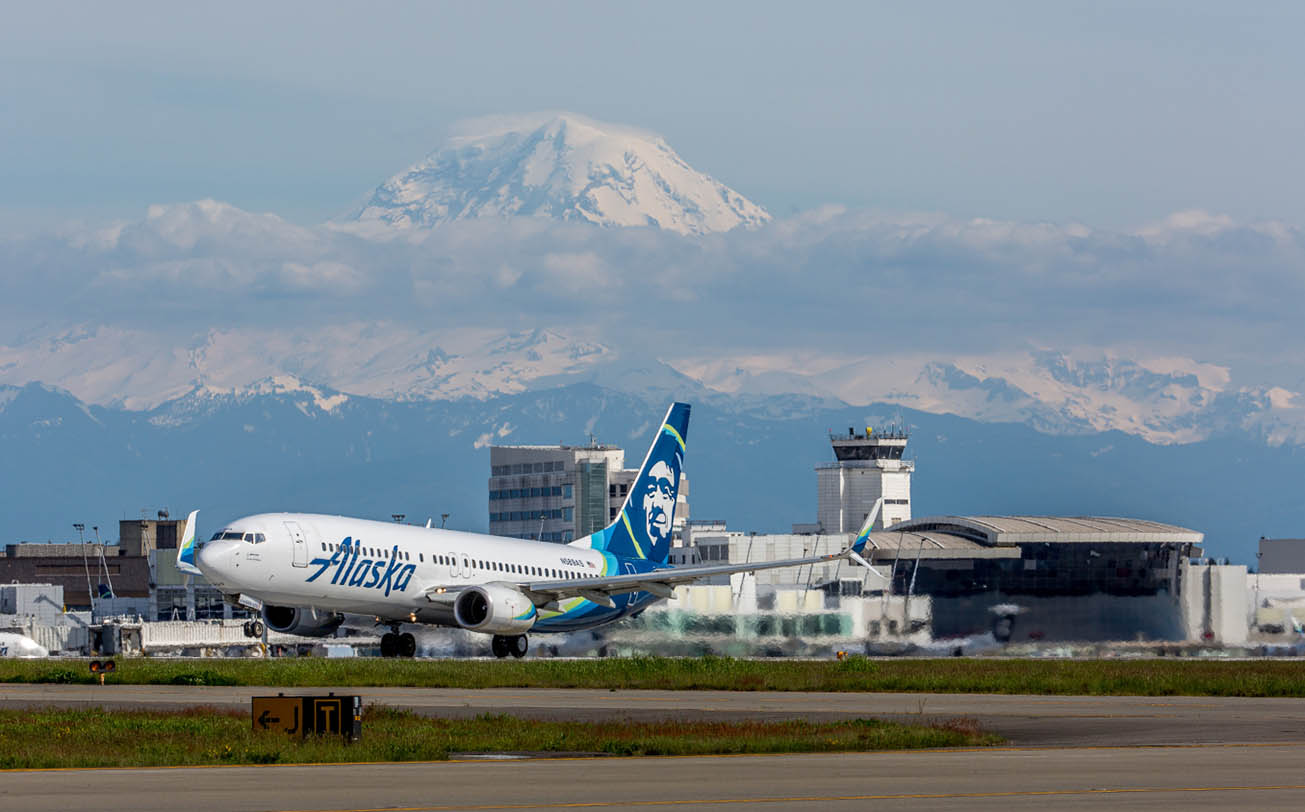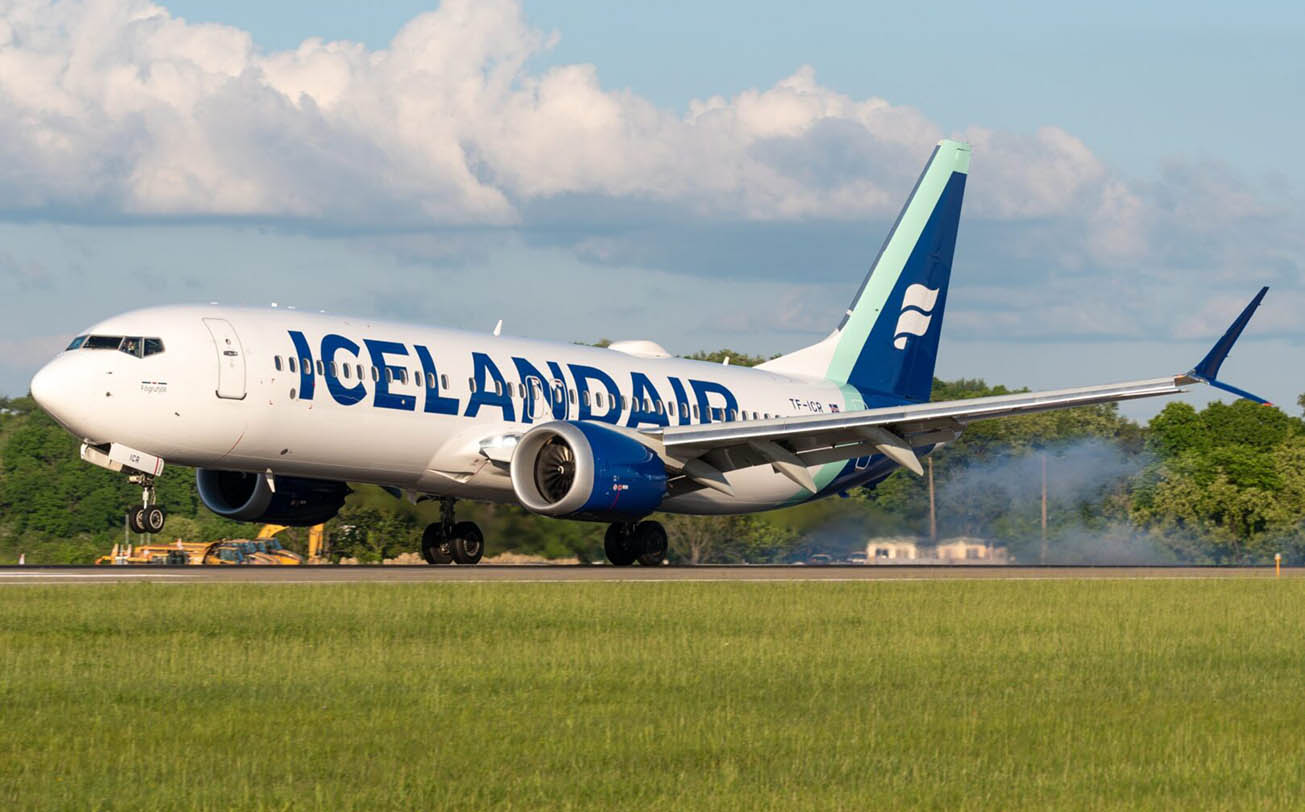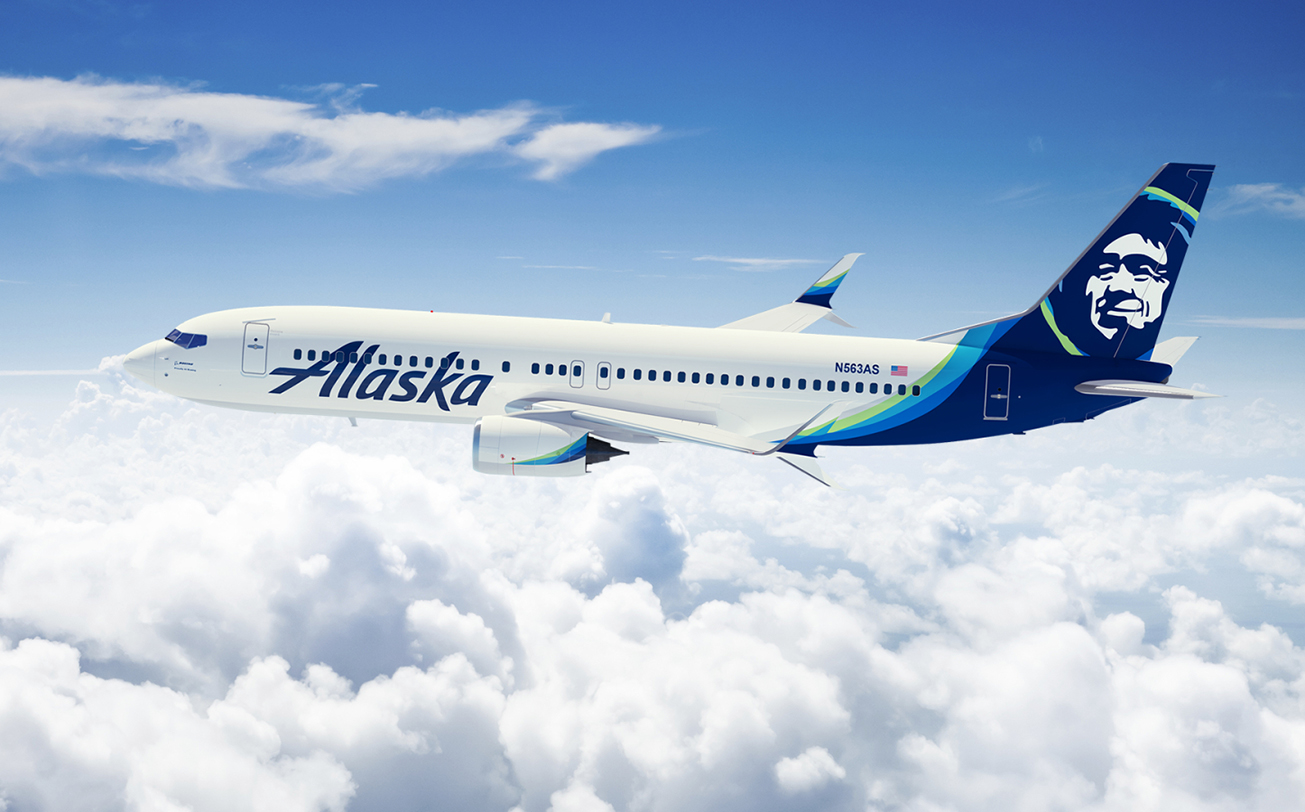Crossing the North Pacific to reach Seattle, the gateway to the U.S. Northwest, is a long yet highly anticipated journey for many. The first time I set off for this Emerald City, I was full of excitement and had done extensive research. From flight selection and schedule planning to price comparisons, I weighed all options in pursuit of the perfect balance between comfort and cost-effectiveness. Drawing from my personal experience, I offer this detailed flight guide and some hidden-value route suggestions for travelers planning a trip from Europe to Seattle.
1. Understanding Seattle’s Air Hub: Seattle-Tacoma International Airport (SEA)
Seattle’s main airport is Seattle-Tacoma International Airport (SEA), located about a 20-minute drive south of downtown. It is one of the busiest airports in the United States and serves as a major hub for traveling to Alaska, the Canadian West Coast, and the Pacific Northwest. Most international flights arrive here, so choosing a direct or connecting flight to SEA is the first step in planning your trip.
2. Major Direct Flights from Europe to Seattle
Although Seattle lies farther west than cities like New York or Boston, several major European cities offer direct flights—especially key aviation hubs.
1. London (LHR)
London Heathrow Airport is one of the most popular departure points for direct flights to Seattle. British Airways and American Airlines both offer daily non-stop flights, with a flight time of around 9 hours and 30 minutes.
On one of my trips from London, I chose a British Airways night flight—departing in the evening and arriving in Seattle in the late afternoon. It perfectly aligned with the local time zone, helping me avoid jet lag. The advantages of this route include frequent departures and flexible scheduling. London also serves as a very convenient transfer point.
2. Paris (CDG)
Air France and Delta Airlines jointly operate flights from Paris Charles de Gaulle Airport to Seattle, which are also highly popular, with a flight time close to 10 hours.
I once flew from Paris to Seattle on Air France’s midday flight. The in-flight meals and service were impressive, making it a great choice for those who enjoy the French-style flying experience.
3. Amsterdam (AMS)
KLM Royal Dutch Airlines operates direct flights from Amsterdam Schiphol Airport to Seattle, in partnership with Delta Airlines. The route offers both morning and evening departures, providing flexibility for different travel schedules.
Schiphol is one of my favorite airports in Europe for its efficient transfers. The flight takes about 10 hours, with above-average seating and entertainment systems.
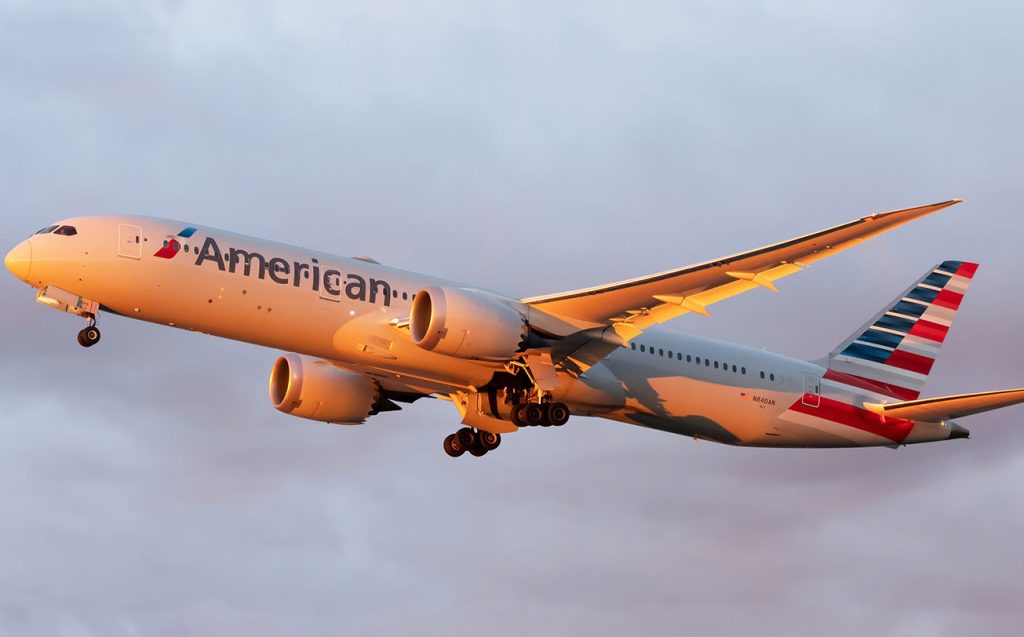
4. Frankfurt (FRA)
Lufthansa offers direct flights from Frankfurt to Seattle. As Germany’s most important aviation hub, Frankfurt’s flight times are relatively fixed, but service is consistently reliable.
I once flew Lufthansa from Frankfurt on a cold winter morning. The seats were comfortable, and the punctuality made it a top choice for business travelers.
3. Hidden Value Routes: Affordable Yet Comfortable Options
Not all travelers flying to Seattle choose direct routes. For budget-conscious individuals or those willing to trade time for savings, connecting flights can be a smart alternative.
1. Icelandair: Connecting via Reykjavik
Icelandair is a great-value carrier offering routes from several European cities (such as London, Paris, and Berlin) to Seattle via Reykjavik. Though in-flight service isn’t as comprehensive as that of full-service airlines, the overall comfort is above average.
I highly recommend their “Stopover” program, which allows you to stay in Iceland for 1 to 7 days at no extra cost. I once took a two-day stopover in Reykjavik and explored the Blue Lagoon and the Golden Circle, which made the journey even more memorable.
2. Norwegian Air: Seasonal Bargains
Although Norwegian has scaled back many of its long-haul routes, it still occasionally offers seasonal connections to Seattle via Oslo or Copenhagen. These flights are very budget-friendly and offer more legroom than typical low-cost carriers.
Keep in mind that these flights often exclude checked baggage and meals. As long as you’re well-prepared, it’s still a convenient and economical choice.
4. Choosing the Right Flight for You
Everyone defines the “best flight” differently depending on their travel style, priorities, and budget. Whether you’re a business traveler seeking efficiency or a leisure explorer hoping to stretch your budget, finding the right balance can make or break your transatlantic journey. Below are the key criteria I always consider when planning flights to Seattle from Europe, expanded with practical insights.
1. Flight Timing and Arrival Time
To reduce jet lag and arrive in good shape, choosing the right departure and arrival times is crucial. Early morning or overnight flights tend to work best, allowing your body to adjust naturally to the time difference. For instance, a night flight departing from London Heathrow and arriving in Seattle in the early evening gives you the opportunity to check into your hotel, have a light meal, and sleep at a normal local hour. This approach helps reset your internal clock quickly. Conversely, midday arrivals can leave you battling fatigue for hours, especially if you’ve been in transit for a long time without rest.
2. Transfer Time and Airport Convenience
Not all layovers are a hassle—some can actually enhance the travel experience. Airports like Amsterdam Schiphol (AMS), Reykjavik Keflavik (KEF), and Zurich (ZRH) are known for their user-friendly layouts, reliable signage, and short walking distances between terminals. I’ve had transfers as short as 45 minutes at Schiphol with zero stress, thanks to its efficient passport control. In contrast, airports like JFK in New York or CDG in Paris can be chaotic, with long queues and confusing layouts, making tight layovers nerve-wracking.
3. Baggage Policies and Extra Fees
Budget airlines often lure travelers with attractive base fares, but the true cost becomes apparent once you add extras. Checked luggage, seat selection, priority boarding, and even onboard meals can come at a premium. For instance, a €350 fare on a low-cost airline may balloon to over €500 after adding a 23kg bag and basic seat selection. On the other hand, legacy carriers like Lufthansa or Air France typically include one checked bag and onboard meals in the ticket price, which can provide better value for the money.
4. In-Flight Experience and Service
Long-haul flights demand comfort. If you’re going to be in the air for 9–11 hours, the in-flight experience matters. Airlines like KLM and Lufthansa offer wide seats, extensive entertainment libraries, and generally higher-quality meals. On my KLM flight from Amsterdam to Seattle, I appreciated the generous legroom and friendly service, which made the journey far less tiring. Meanwhile, if you’re flying for business or want to indulge, consider British Airways’ Club World (business class), which offers lie-flat seats, lounge access, and expedited boarding.
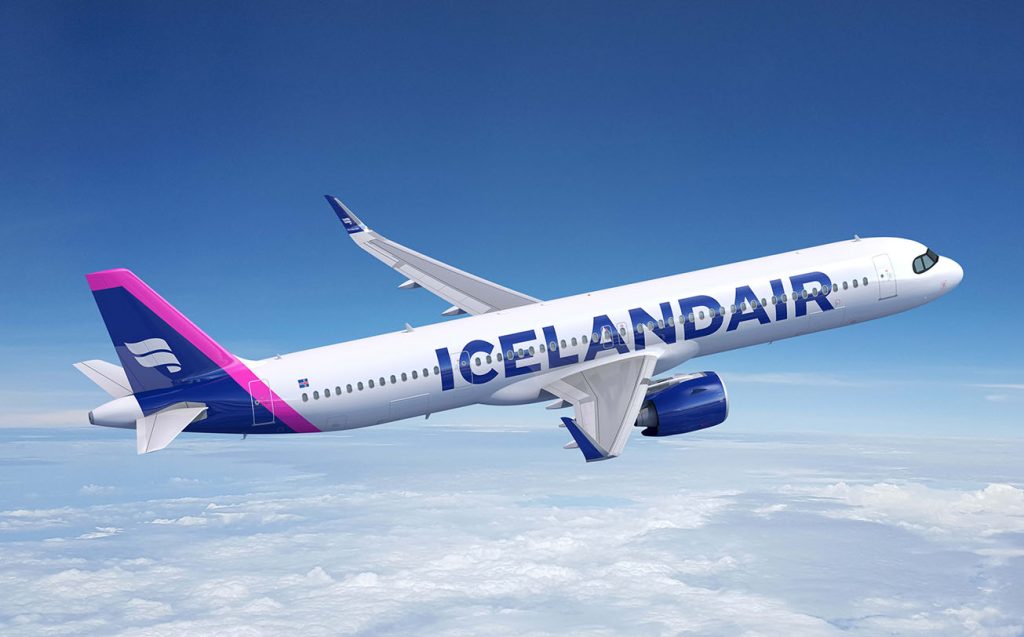
5. Use Fare Comparison Platforms and Airline Alliances
I usually rely on the following platforms to compare and book flights:
- Google Flights: Intuitive interface, ideal for preliminary searches.
- Skyscanner: Great for finding low fares and flexible city combinations.
- Momondo: Excellent for discovering hidden routes or multi-city itineraries.
Many European airlines are part of alliances like SkyTeam, Oneworld, or Star Alliance. If you’re a frequent flyer, prioritize airlines within your alliance to earn points or enjoy benefits like upgrades.
6. Personal Tips and Advice
Through experience, I’ve gathered several small yet impactful tips that help ensure a smooth journey:
- Avoid Peak Seasons: Seattle experiences its tourist rush between June and August, leading to inflated ticket prices and crowded attractions. I prefer traveling in May or September—the weather is still pleasant, and prices are far more reasonable. Booking your flights two to three months in advance during shoulder seasons often unlocks better deals.
- Apply for ESTA: U.S. entry requires ESTA approval, and while approvals can sometimes come in minutes, delays are possible. Apply at least 72 hours in advance, and double-check that your passport and ESTA information match exactly to avoid issues at check-in.
- Leave Room for Adjustment: After a long-haul flight, jumping straight into tours or meetings isn’t ideal. I usually schedule my first evening in Seattle as a rest period—dinner, a short walk, and early sleep help reset my body clock. It’s a small investment that pays off in energy for the days ahead.
- Watch for Airline Sales: Keep an eye out for major sale periods like Black Friday, Cyber Monday, and Travel Tuesday. These events can offer discounts of up to 40% on transatlantic flights. I set up price alerts through Google Flights and Skyscanner a few months ahead to catch these limited-time deals.
7. Crossing the North Pacific: A Journey Worth Taking
Flying from Europe to Seattle might seem like a long haul, but with smart planning, your trip to the Pacific Northwest can be smooth and enjoyable. Whether you choose the comfort of a direct flight or the adventure of a value-packed connection, a well-planned itinerary ensures an efficient and rewarding journey. For me, this trans-Pacific flight was not just a trip across continents, but a complete travel experience—from planning to touchdown.
